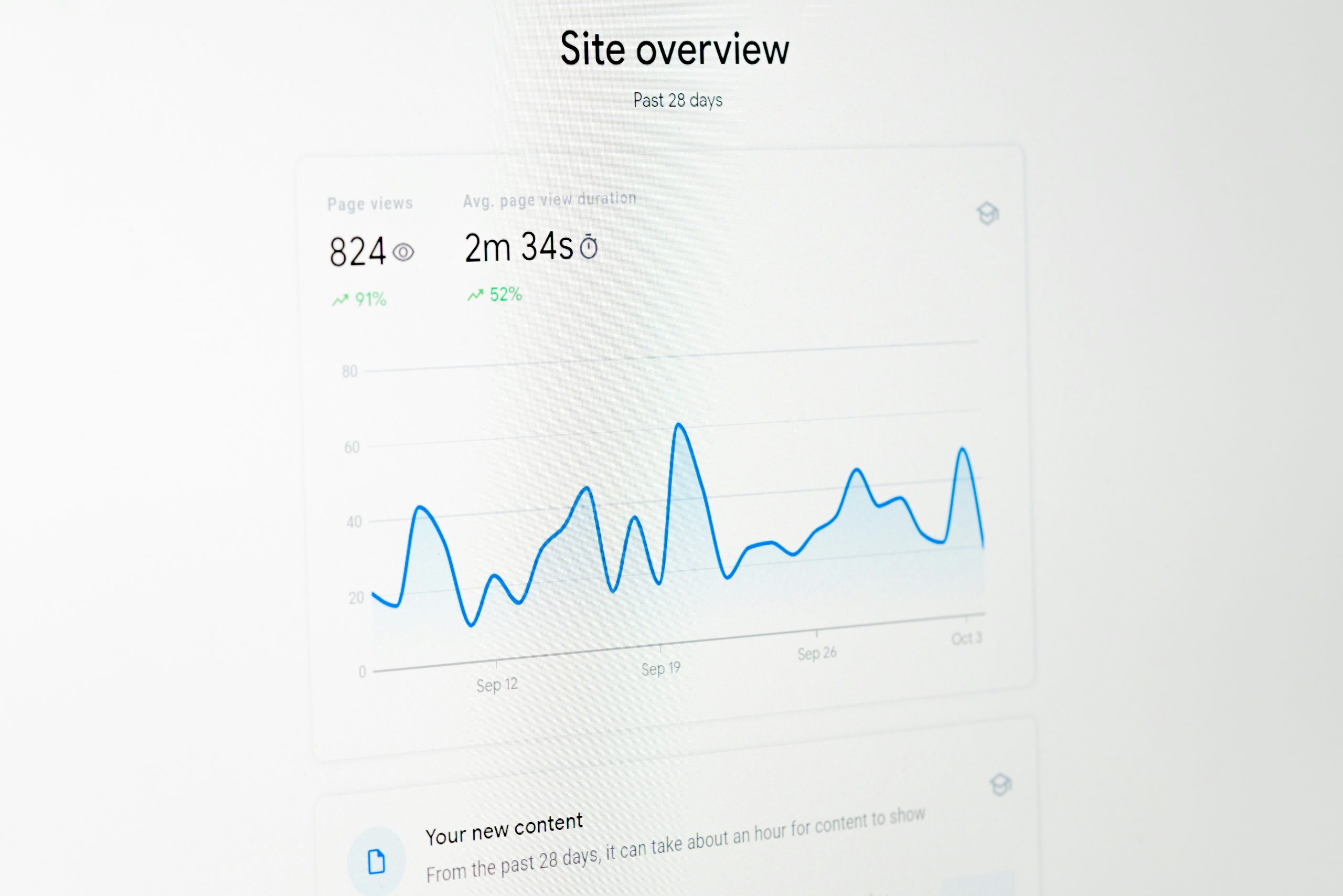Mastering Website Performance Audit for Optimal Online Success
In today’s digital landscape, maintaining an efficient website isn’t just advantageous—it’s crucial for online success. A website performance audit meticulously evaluates your site’s speed, accessibility, user experience, and functionality, ensuring it meets industry standards and user expectations. This article delves into the importance of website performance audits, shedding light on why they are indispensable for maintaining a competitive edge.
Why is a Website Performance Audit Important?
A website performance audit is akin to a routine check-up for your site, diagnosing and addressing issues that may hinder performance. Here’s why it’s essential:
- Enhanced User Experience: A fast-loading, easy-to-navigate website keeps users engaged, reducing bounce rates, and increasing conversion opportunities.
- Improved SEO Rankings: Search engines favor sites that deliver quicker load times and mobile-friendliness, directly impacting your site’s visibility.
- Increased Revenue Opportunities: Optimized websites often see higher traffic volumes, translating to increased sales and revenue.
Key Components of a Website Performance Audit
A thorough website performance audit encompasses several aspects crucial for optimal site functionality. These include:
Speed Optimization
Website speed is a significant factor in user satisfaction. A delay of just one second in page response can result in a 7% reduction in conversions. Key strategies include:
- Minifying CSS, JavaScript, and HTML: Reduce file sizes to speed up load times.
- Leveraging Browser Caching: Enables faster page retrieval by storing elements locally.
- Content Delivery Network (CDN): Distributes content geographically to ensure faster delivery times.
Mobile Responsiveness
With over 50% of web traffic coming from mobile devices, ensuring your site is mobile-friendly is non-negotiable. Techniques to enhance mobile responsiveness include:
- Adaptive Design Frameworks: Ensure your site adjusts smoothly across diverse screen sizes.
- Fast Mobile Loading Times: Critical for reducing bounce rates and boosting engagement.
Security Measures
Protecting your site is paramount, given the rising cyber threats. A performance audit incorporates security protocols such as:
- Regular Software Updates: Safeguard against vulnerabilities by keeping your platform and plugins updated.
- HTTPS Implementation: Encrypts data between your user and the server, ensuring confidentiality and trust.
Accessibility Standards
Ensuring your website is accessible to all users, including those with disabilities, is not only a regulatory requirement but also enhances user experience. Consider:
- Utilizing Alt Text for Images: Provides descriptive text for visually impaired users.
- Keyboard Navigation Compatibility: Ensures users can navigate without a mouse.
Steps to Conducting a Website Performance Audit
Conducting a comprehensive audit can be streamlined by following these steps:
- Identify Objectives: Define what you aim to achieve with the audit.
- Use Diagnostic Tools: Employ tools like Google PageSpeed Insights or GTmetrix to analyze and gather data.
- Analyze Results: Prioritize issues based on their impact and feasibility.
- Implement Changes: Address critical performance weaknesses methodically.
- Monitor and Review: Regular monitoring ensures sustained improvements and fixes newly arising issues.
Conclusion
A website performance audit is not just a one-time task but a continuous process that helps in sustaining a robust online presence. By focusing on speed, mobile responsiveness, security, and accessibility, you ensure an enhanced user experience and improved search engine rankings. Regularly auditing your website guarantees it remains efficient, secure, and relevant in a rapidly evolving digital world. Start prioritizing these audits to boost your website’s potential and drive greater business success.
For more insights and updates, consider checking resources like Google’s Web Fundamentals or Mozilla’s Developer Network to stay informed.




